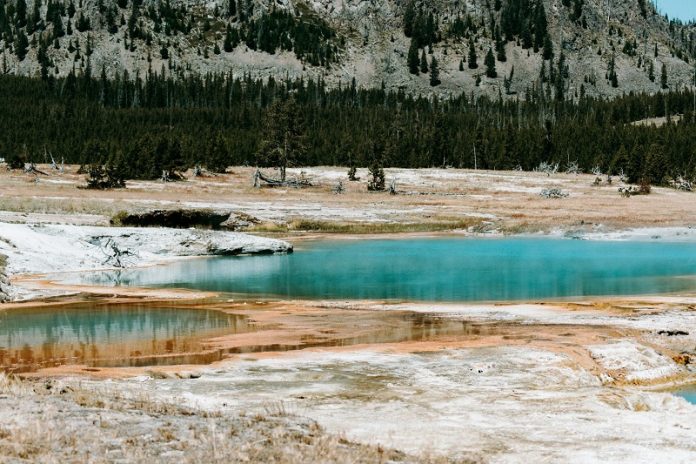
How did life begin on Earth?
It’s a big question, and scientists believe that the element phosphorus may have played a key role.
Phosphorus is an important ingredient in DNA, RNA, and ATP—molecules that store genetic information and help cells make energy.
But there’s a problem: phosphorus is rare on Earth’s surface, and that was true billions of years ago too.
To create the chemical reactions needed for life to begin, a very high amount of phosphorus is needed—about 10,000 times more than what we usually find in natural water. So where on early Earth could there have been so much phosphorus?
Earth scientist Craig Walton believes the answer could be large soda lakes—special types of lakes that contain high amounts of minerals.
These lakes don’t have rivers or streams to carry water away. Instead, they only lose water through evaporation, which leaves the phosphorus behind and allows it to build up over time.
Walton’s research, published in Science Advances, suggests that these lakes could have stored enough phosphorus to support the first chemical reactions that led to life—and later, the life itself.
Small soda lakes don’t work well for this because once life begins, it uses up the phosphorus faster than it can be replaced. In big lakes, however, phosphorus keeps flowing in and stays there, giving life a better chance to grow and survive.
One real-life example is Mono Lake in California, which is about twice the size of Lake Zurich in Switzerland. Mono Lake has high phosphorus levels and supports many different forms of life.
This shows that such lakes can hold on to phosphorus for a long time, creating a stable and rich environment.
Walton’s idea builds on earlier work from 2020 and adds new support to the theory that life may have started not in tiny pools, as Charles Darwin once guessed, but in large soda lakes. Thanks to their special conditions, these lakes may have been the perfect place for life to begin.
“This new theory helps solve another piece of the puzzle of how life began on Earth,” says Walton.



